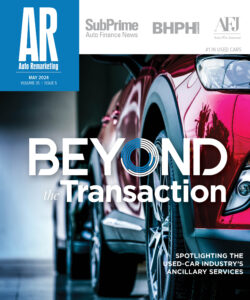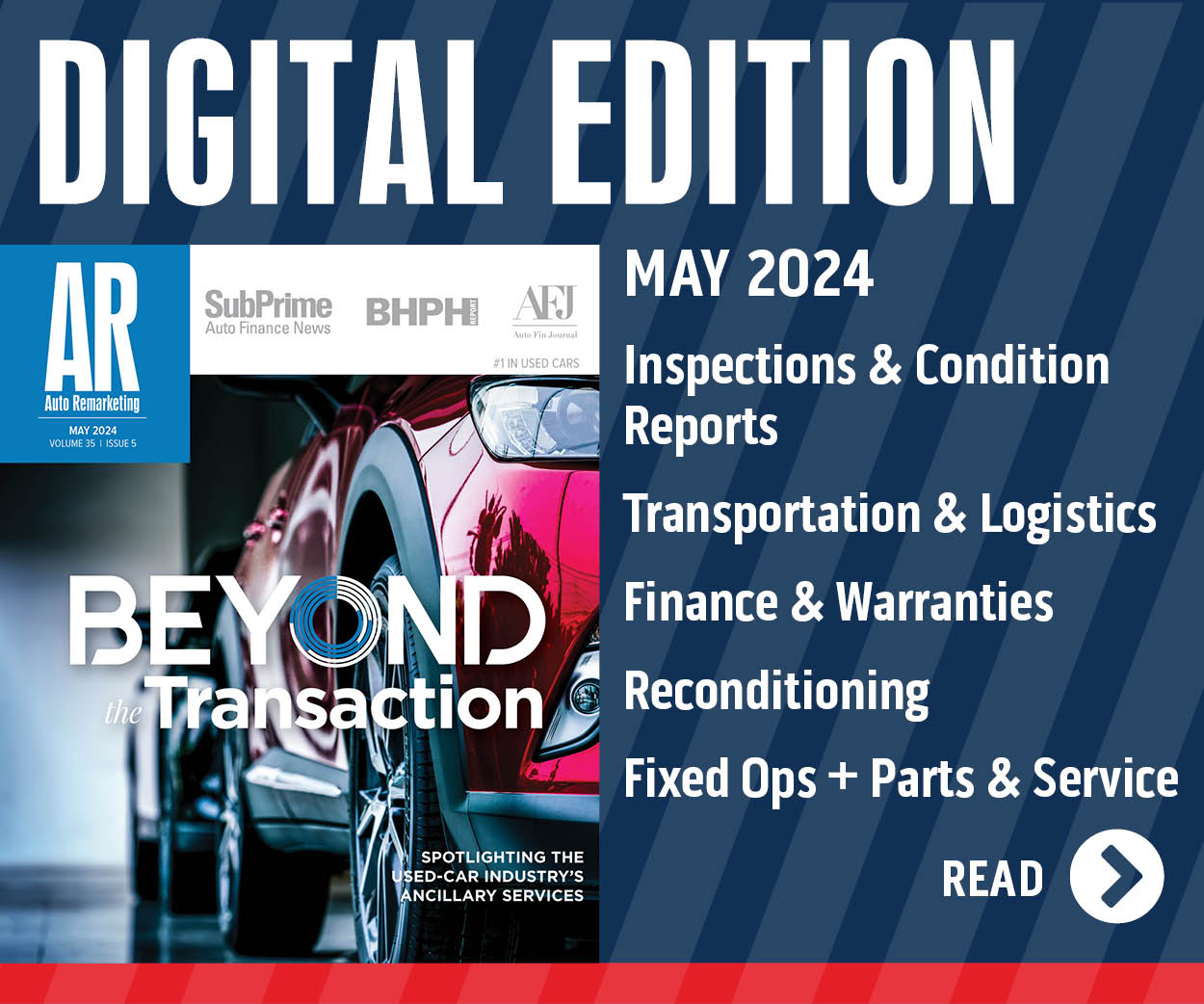How Is Deflation Impacting Auto Industry?
SANTA MONICA, Calif. — Edmunds.com recently took a look at the impact deflation can have on the auto industry and suggested that it's not necessarily a bad thing, as it tends to come with "mixed blessings."
"Deflation is rearing its ugly head, now menacing the economy at large and already has a strong hold on major sectors such as housing," noted Dale Buss, contributor for Edmunds' AutoObserver.com.
"But a tangible broad-scale appearance of deflation in the U.S. economy could prove a mixed blessing for the American automotive industry," Buss continued.
Deflation leads to consumers seeing the value of their assets softening, officials explained. At the same time, the weight of their existing debt is relatively heavier when deflation occurs.
The result of both these phenomena is a less creditworthy consumer who doesn't have as much purchasing power as before, analysts pointed out.
That said, Edmunds.com indicated that consumers are saving $1,502 on the cost of each vehicle these days thanks to the deflation that has occurred since 2002.
Breaking it down, Edmunds.com explained that a "typically equipped" vehicle fetched a True Market Value price of $25,430 back in July 2002.
In July 2010, that number was $29,315.
However, Edmunds.com discovered that after inflation adjustments were made to the July 2002 cost, the July 2010 price when put in "real terms" ought to have climbed up to $30,817.
"That means deflation in auto pricing over the last eight years has saved each American an average of $1,502 on the millions of vehicles they've purchased," officials noted.
Jeremy Anwyl, chief executive officer of Edmunds.com, added: "We recognize that tracking TMV prices minimizes the extent to which deflation is occurring in the auto industry because it doesn't take into account that today's cars have a myriad of features that did not exist in earlier years.
"If you look at what you get today, even on an entry-level vehicle, it's a staggering amount of value. Vehicles, like computers, just keep getting more advanced for an increasingly better price," he continued.
August Sales Projection
How is the auto market currently performing? According to Edmunds.com, the current recovery has not been as strong as prior recession trends would have projected it to be and this isn't likely to change in the near term.
"Based on the pattern of previous recessions, new-car sales should have recovered 71 percent from 2009's low point, delivering a SAAR of 16.6 million units by this June," said Edmunds.com senior analyst Karl Brauer in a report for AutoObserver.com. "However, not this time — and the same factors depressing the recovery in auto sales over the past year are likely to continue for the foreseeable future, keeping sales in the 12-million unit range even through next year."
Edmunds.com projects that the industry's new-vehicle sales total will reach just over 1.028 million units by the end of the month, which would be down 1.4 percent month-over-month and 17.7 percent year-over-year.
Comparisons to the year-ago period have no real significance, Edmunds.com argues, as results were skewed because of the CARS program.
Officials noted that the seasonally adjusted annualized rate for new-vehicle sales is forecasted at 11.8 million vehicles for August. Last month's SAAR was versus 11.5 million units.
"Comparing to last August is not meaningful since Cash for Clunkers distorted the market so badly last year," Jessica Caldwell, director of industry analysis for Edmunds.com, pointed out.
"It is likely that the current slow sales pace can be partly attributed to the thousands of 'pull-ahead' sales that last year's CARS program stole from subsequent months," she continued.
Breaking it down by manufacturers, the Big 3 will likely command a 43.4 percent market share for August, which compares to 41.2 percent a year ago. In July, domestics' market share was at 43.8 percent, according to Edmunds.com.
General Motors is forecasted to move 188,100 new vehicles by month's end, which would mark a 5.8-percent dip compared to July and 23.1-percent year-over-year decline. The automaker's market share is projected at 18.3 percent, compared to 19.6 percent and 19.1 percent in the year-ago and month-ago periods, respectively.
It is anticipated that Ford's new-vehicle sales total will be at 159,500 vehicles for the month, which is 10.5 percent softer than last year and 3.2 percent weaker than July. Its market share would then be 15.5 percent, a 0.3-percentage-point drop from July and a 1.2-percentage-point gain year-over-year.
Chrysler's new-vehicle sales will likely climb 7.3 percent year-over-year and come in at 98,100 vehicles for August, which would be a 6.4-percent month-over-month gain, according to Edmunds.com. The automaker's market share is expected at 9.5 percent, compared with 8.8 percent last month and 7.3 percent in the year-ago period.
Next up was Honda, which is expected to move 116,300 units for the month. Year-over-year, this total would be a 27.6-percent slide. However, it would be a gain of 3.4 percent month-over-month.
Market share for Honda would be 11.3 percent, a drop of 1.6 percentage points compared to last year and a gain of 0.5 percentage points over last month.
Moving along, Nissan's August sales are projected at 76,900 units, a decrease of 26.5 percent from a year ago and a 6.6-percent softening versus July. Its market share is likely to hit 7.5 percent, compared with 7.9 percent last month and 8.4 percent last year.
Finally, Toyota's projected sales for August are 161,400 vehicles. This would be 28.3 percent softer than the year-ago period and a 4.6-percent slide versus July.
The automaker's market share is projected at 15.7 percent. Last August, it was 18 percent and in July it came in at 16.2 percent.

 View The Latest Edition
View The Latest Edition

